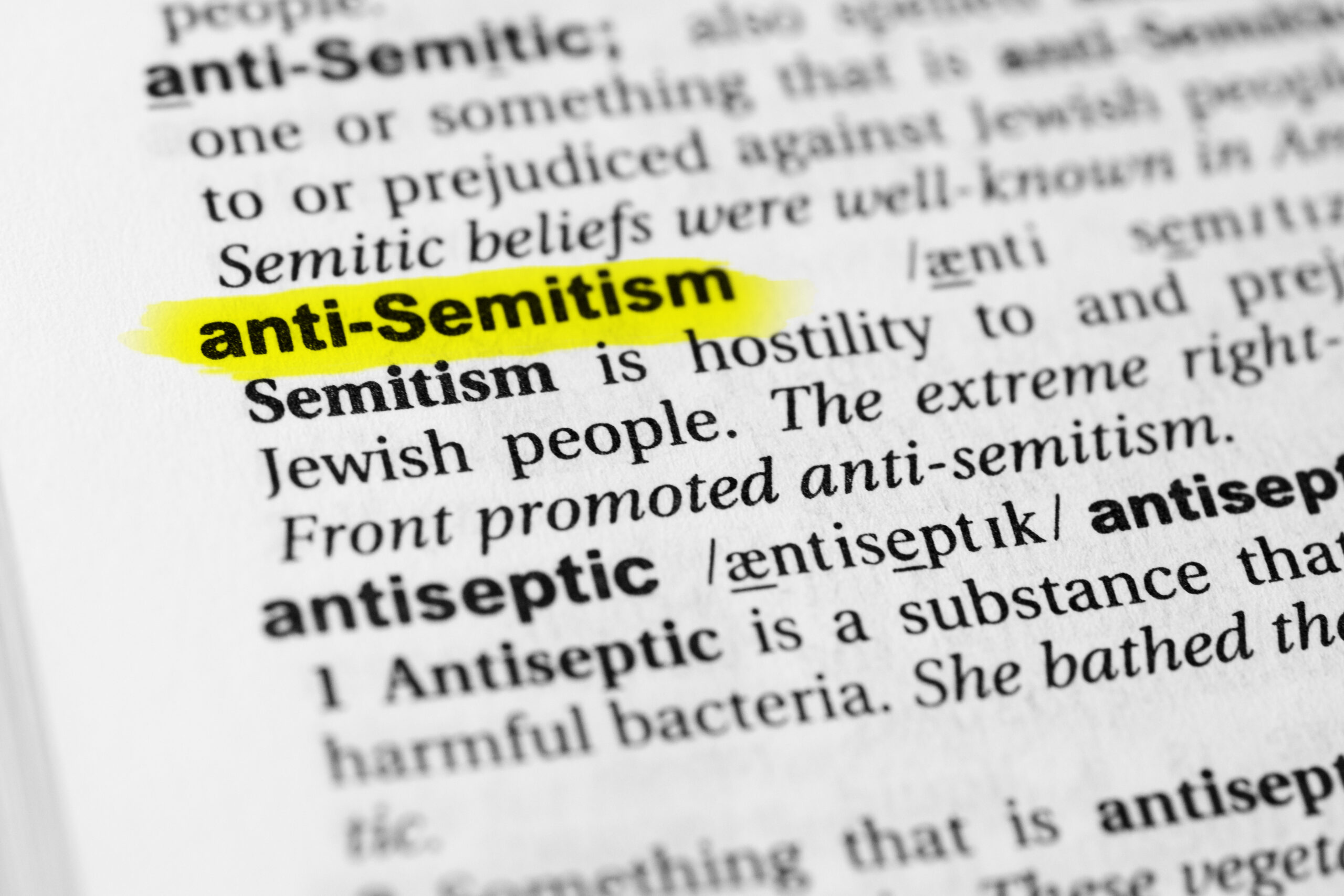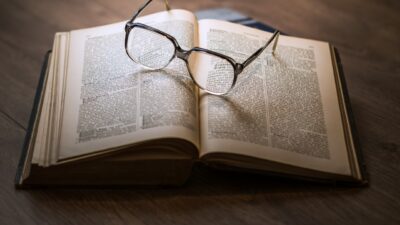Critical analysis of Holocaust distortion
Objectives:
- To raise awareness about the amount of Holocaust distortion present in social media
- To engage participants in critical analysis of manifestations of Holocaust distortion
- To motivate participants to take action for combating Holocaust distortion
Number of participants: 5–30
Duration: 90 minutes
Description of the activity:
- The trainer presents the statistics below from a UN and UNESCO Report and asks the participants the following questions:
- Are you surprised by these statistics? In what way?
- What are the differences that you can notice among platforms? What do you think is the reason for those differences?
- Do you encounter Holocaust distortion during your regular use of social media? If so:
- Who is promoting it?
- How do other people react to it?
According to the UN and UNESCO report published in 2022:
|
- The participants are asked to work in groups of 4–5 people and to analyze one example of Holocaust distortion1 (each group should receive a different example) based on the following questions:
- Were you aware of this form of manifestation of Holocaust distortion?
- Why do you think some people engage in this form of Holocaust distortion? Do you think they are aware of its negative impact?
- Why do you think some people are attracted to believe such rhetoric?
- In your opinion, what are the factors (personal, societal, technological) that contribute to the spreading of this form of Holocaust distortion?
- What types of interventions (educational, legal, etc.) can contribute to reducing the number of such manifestations of Holocaust distortion?
- The groups are invited to briefly present the conclusions of their discussion in plenary. The groups are asked not to repeat what was already said by those who presented previously, but to add what was missing or to express what is perceived differently.
- The trainer conducts a debriefing discussion based on the following questions:
- Were you surprised by some of the aspects discussed in this activity? Which ones?
- Do you think that social media platforms/other stakeholders are doing enough to limit the spread of Holocaust distortion? If not:
- Why do you think that is?
- What else do you think could be done? Who could do it?
- Are there certain competences that people could develop that would help them identify Holocaust distortion and not be manipulated by it or attracted to such rhetoric? Which ones?
- The trainer concludes by informing the participants that in the next units they will have more opportunities to discuss the impact of Holocaust distortion as well as the competences needed to counter it, including ways in which their institutions can contribute to the development of such competences in the general population.
1 Suggested examples are offered in Annex 1. Careful consideration should be given when choosing the examples, in order to ensure that they are relevant for the specific context in which the participants live and work.
Materials
/wp-content/uploads/2023/11/test-Final_Holocaust-distortion-training-for-civil-society_for-Radish.pdf
lesson plan
Training Outline
reading
Case Studies
On this Topic
Lessons for
Topic
Number of participants:
Average Duration of Lesson:

